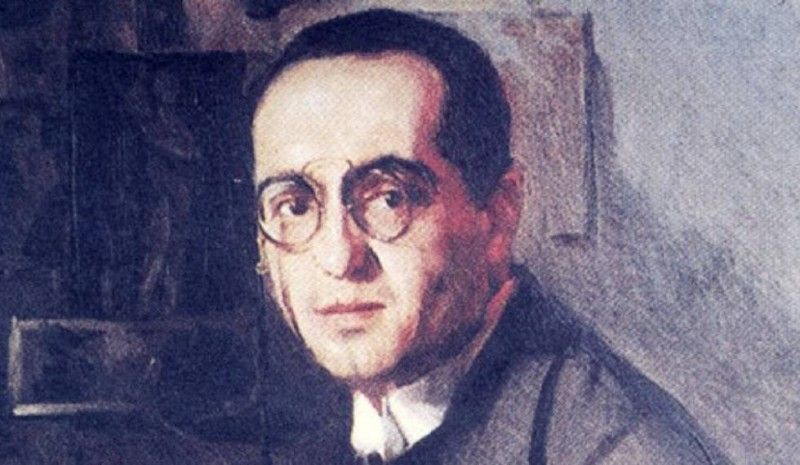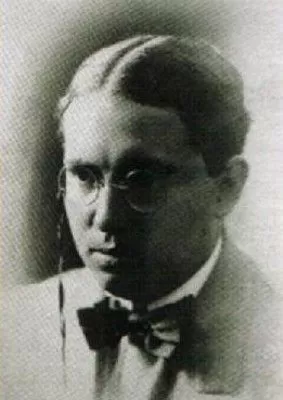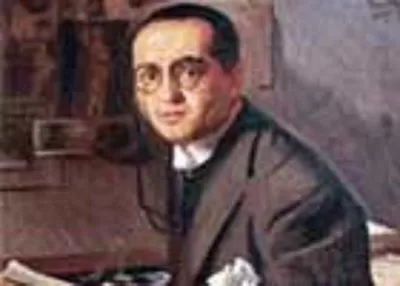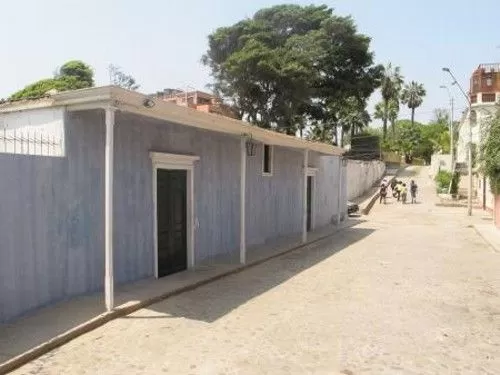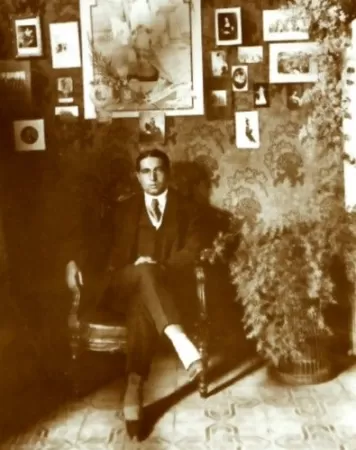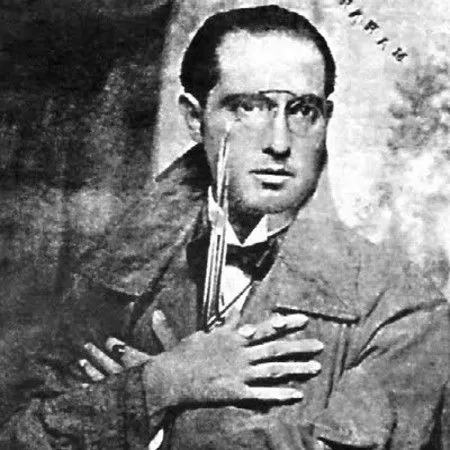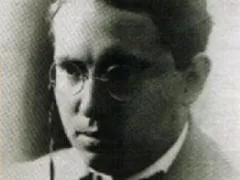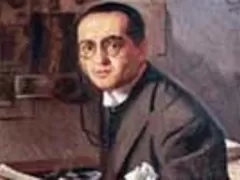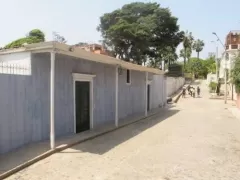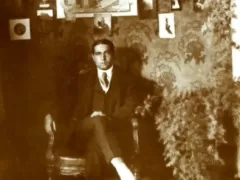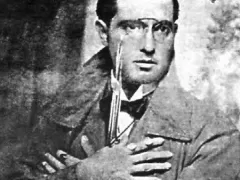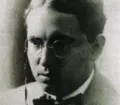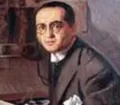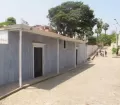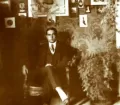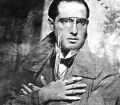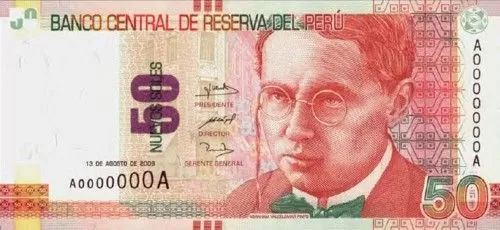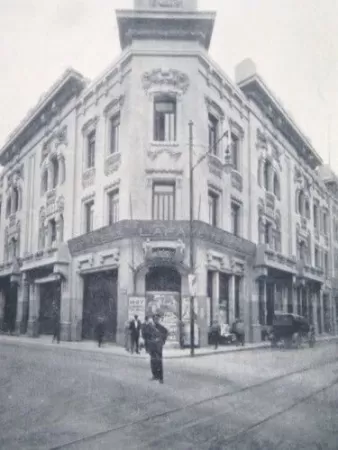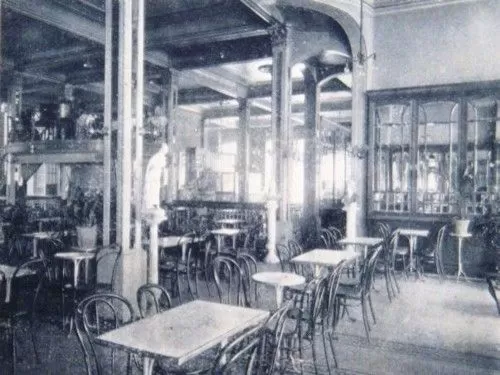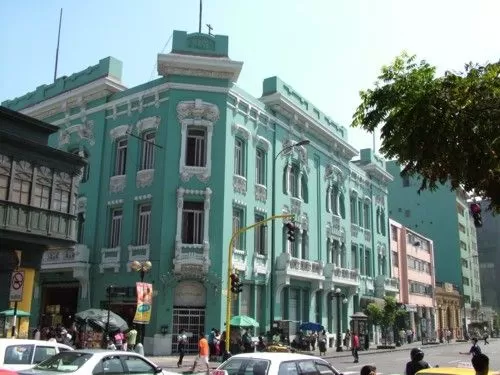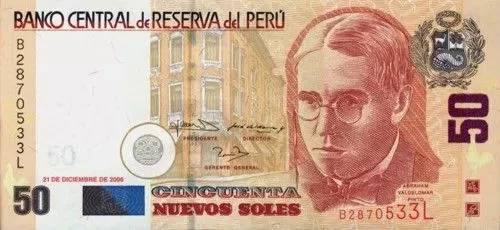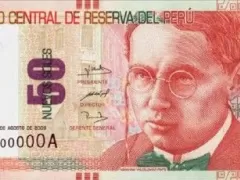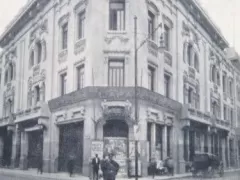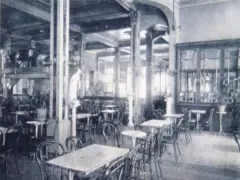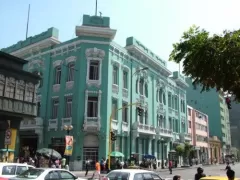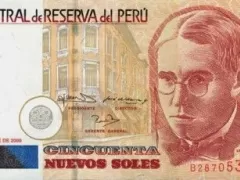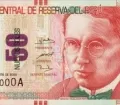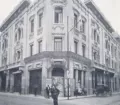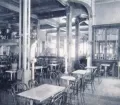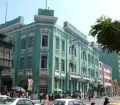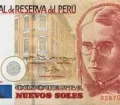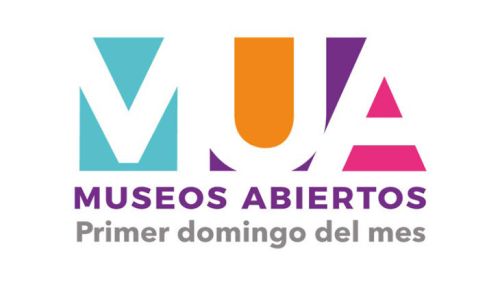I believe Valdelomar was born on the 27th of April, 1888 - not the 16th.
- This commment is unpublished.@claudia Hello Claudia,
Thank you for taking the time to make us aware of a possible mistake. However, there doesn’t seem to be a consensus about the exact birth date of Abraham Valdelomar Pinto.
In lots of publications in Spanish from the mid-19th century (such as Grandes Forjadores del Peru or Historia del Peru) April 16, 1888, is mentioned as Valdelomar’s birth date. A few established biography websites as well claim his birth date is on the 16th. Even Peru’s largest newspaper, El Comercio, for years published an article about Abraham Valdelomar Pinto on April 16 to commemorate his birth.
On the other hand, when searching today on the web, you mostly either just find the year 1888 or April 1888 or April 27, 1888, sometimes even April 12 or April 15. On April 27, 2019, Google even commemorated the birth of the Peruvian writer with a doodle.
So, I don’t know which date is correct, but added April 27 as a possible birth date to round off our short biography above.
Greetings
Eva


